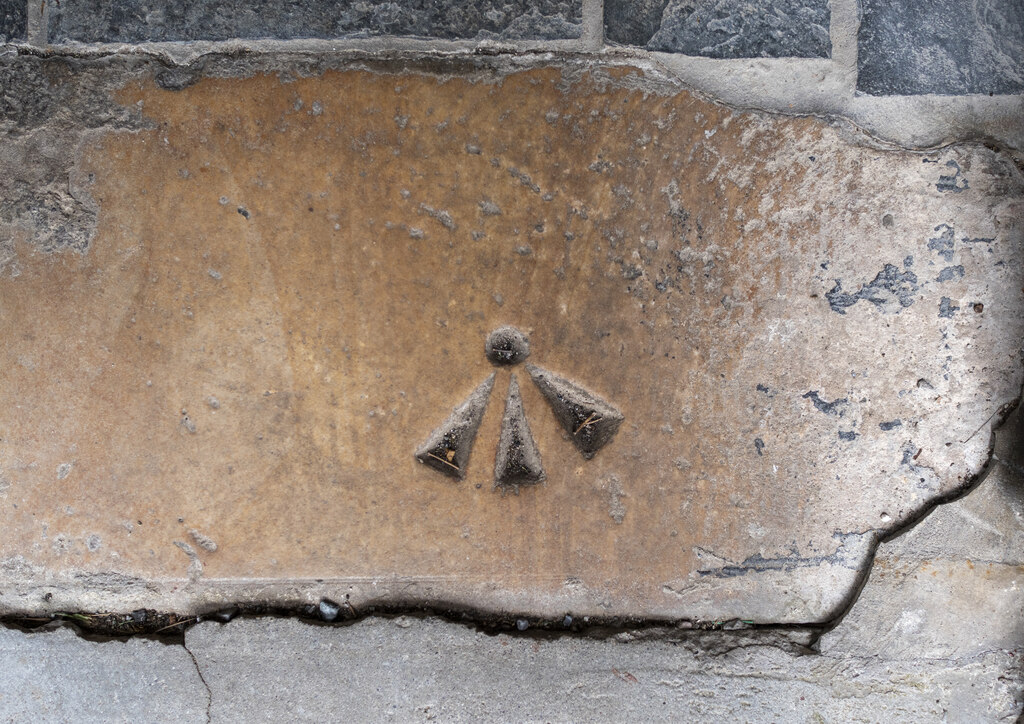By Fiona Fitzsimons
The first-edition Ordnance Survey maps, 1837–46, were printed at the unprecedented scale of six inches to one mile. The maps provide the finest coverage of any nation this early in history and are a key source for family and local history. Here, however, rather than the maps, I’d like to focus on the social surveys that supported them, in particular the Statistical Remarks and Memoirs.

The Statistical Remarks, recorded between 1830 and 1837, document social and economic data from many civil parishes. The Memoirs were captured from 1834 to 1840 and included topographical descriptions of civil parishes to accompany the maps, ‘… [with] information … necessary to clarify place-names and other distinctive features of each parish’. There’s a significant difference in how much evidence was captured for different civil parishes. The Remarks and Memoirs are separate and distinct from the Letters and Name Books compiled by John O’Donovan et al. The first layer of evidence was captured by the sappers, officers of the Royal Engineers. A second layer was captured by ‘hill sketchers’, civilian assistants employed by the Ordnance Survey. In 1838 the Royal Engineers stopped collecting data, on the understanding that civilian ‘sketchers’ would complete the work.
For family and local historians, probably the most interesting evidence is recorded under the heading ‘Modern Topography’, with its emphasis on the built environment. Similarly, ‘Social and Productive Economy’ tells us about individual lives and the texture of everyday life. In Islandmagee, Co. Antrim, we find the names and circumstances of all shipwrecks in the years 1812–40, as well as the names of lives lost by drowning between 1815 and 1840. The records have a significant amount of evidence on emigration, and seasonal migration to England and Scotland (spailpín fánach), as well as statistical information on convicts transported by the State to Australia and on the indigent poor sent out by local government to North America (the so-called ‘waste people’).
In 1836 we learn the names and other details of emigrants from the parish of Carrickfergus, Co. Antrim, including ‘William Connor, 20, labourer, Roman Catholic, … to Quebec … [1837]’. Seasonal migrants are notoriously difficult to trace. The Memoirs have solid evidence based on local knowledge at a given moment in time. We learn that between 1836 and 1839 men from the townland of Torrytown, Carrickfergus, travelled together to Glasgow, including ‘Hugh Mulholland, 30, labourer, Roman Catholic … ; William Macauley, 35, dyer, Established Church’.
We find the names of many small farmers who stayed at home, with evidence of their acreage and crops, and the stock, implements and labour available to them. In 1840, in the townland of Mullaghtironey, in the civil parish of Tamlaght, Co. Tyrone, Alexander Campbell farmed ten acres. Of this, ‘8⅝ acres was tillage, ¾ acres pasture, and ½ acre set out as meadow. [He] cultivated crops of oats and potatoes, with ½ acre of flax, 1/8 acre vetches on rotation.’ His stock and implements included ‘1 horse, 1 goat, 8 geese, 1 hen, 1 wooden plough, 1 break, 1 cart, 3 spinning wheels, 1 employed linen loom, 1 unemployed [unused] linen loom, 1 box barrow, 2 agricultural spades, 1 agricultural shovel, 1 scythe hook, 3 teethed hooks’. The sapper noted that Campbell’s household consisted of seven persons, of whom two men farmed and one wove ‘constantly’ (i.e. full-time). This parish is particularly well documented. We find the names of farmers, weavers and cottiers who paid their rent by labour, with their street or townland address.
In 1840 the social surveys undertaken as part of the grand Ordnance Survey project were cancelled as a cost-cutting exercise. The original material for twenty counties was deposited in the Royal Irish Academy. In 1990, memoirs for Antrim, Armagh, Cavan, Derry/Londonderry, Donegal, Down, Fermanagh, Leitrim, Louth, Monaghan, Sligo and Tyrone were published in 40 volumes by Queen’s University, Belfast. Statistical Remarks for parts of Cork, Galway, Laois (Queen’s County), Longford, Mayo, Meath, Roscommon and Tipperary survive but have not yet been published.
Fiona Fitzsimons is a director of Enneclan, a Trinity Campus company, and of findmypast Ireland.
